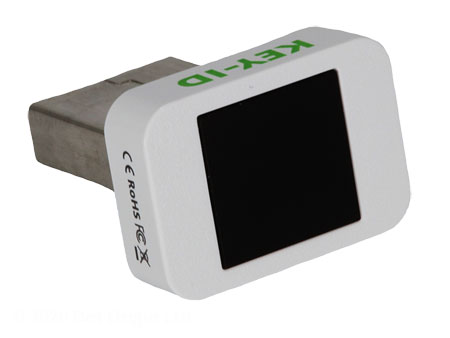

At the same moment, the server is generating a code using the same information. When you access a site, the code the app creates is based on a combination of your key and the current time. A cyber-criminal could steal codes you use in your online banking, or even initiate and complete money transfers. But the situation is scarier when you consider other the uses of 2FA. Of course, discovering that a cyber-criminal has hacked your Facebook account is far from ideal. "If the attackers have access to an SS7 portal, they can forward your conversations to an online recording device and reroute the call to its intended destination It means a well-equipped criminal could grab your verification messages and use them before you've even seen them." Here's how security expert Bruce Schneier described the flaws: Unsurprisingly, this technology from 1975 is full of security holes. It also handles number translations, prepaid billing, and crucially, SMS messages. The methodology was designed back in 1975 but is still used almost globally to connect and disconnect calls. It all comes back to the now-dated Signaling System No. Secondly, hackers can intercept SMS messages. If they have access to one other personal piece of information-like your social security number-they can call your carrier and move your number to a new SIM card. It doesn't take much for a hacker to perform a SIM Swap. It has two key vulnerabilities.įirstly, the technology is susceptible to SIM Swap attacks. If a site offers two-factor authentication logins, it almost certainly offers SMS as one of the options.īut SMS isn't a secure way to use 2FA. SMS enjoys a position as the most accessible way to access and use 2FA codes.


 0 kommentar(er)
0 kommentar(er)
